What are the problems of museums during Covid and how to work to overcome them: 5 institutes speak out
Restrictions on the number of visitors, reduction of space, compulsory routes, strict and rigorous sanitary protocols, tight controls on the public, the need to find the material to be able to perform sanitization and to allow anyone entering museums to sanitize themselves: this is, since May, the reality that museums must perforce contend with if they want to open their doors to the public during the Covid-19 health emergency. Nearly five months have passed since the reopening, and it is possible to say firmly that museums are among the safest places in existence: in fact, there are currently no cases of contagion among the public, and there are no institutions that have had to close their doors due to Covid infections (the only such case reported so far occurred in early September in France, and moreover due to an infection among receptionists, who contracted the virus outside the museum, during a dinner). However, this does not mean that everything is easy for museums.
There are necessary critical issues (one among all concerns, for example, the limitation of access to groups, which are one of the main sources of income for many institutions), the decline in visitors is a constant that affects a great many institutions, the shortage of staff, which even before the coronavirus was one of the main problems of Italian museums, is now in danger of becoming even more serious, and for many the conditions of economic security, already very fragile even before the pandemic broke out, have failed. To get a sense of how the reopening went, what the biggest problems faced by museums are, and what the sector needs to do to address them in the best possible way, we caught up with five of the directors and managers of some major institutions (a state museum, a public museum, a private museum, a diocesan museum, and an international contemporary art event): Marco Pierini, director of the Galleria Nazionale dell’Umbria in Perugia; Maria Grazia Magenta, director of the Artistic and Cultural Assets and Activities Service of the Metropolitan City of Bari (as well as director of the “Corrado Giaquinto” Picture Gallery in the Apulian capital); Laura Bugliosi, marketing manager of the Bagatti Valsecchi Museum in Milan; Nadia Righi, director of the Diocesan Museum “Carlo Maria Martini” in Milan; and Doris Ghetta, founder and organizer of the Biennale Gherdëina, the international contemporary art exhibition in Ortisei in Val Gardena, now in its seventh edition in 2020.
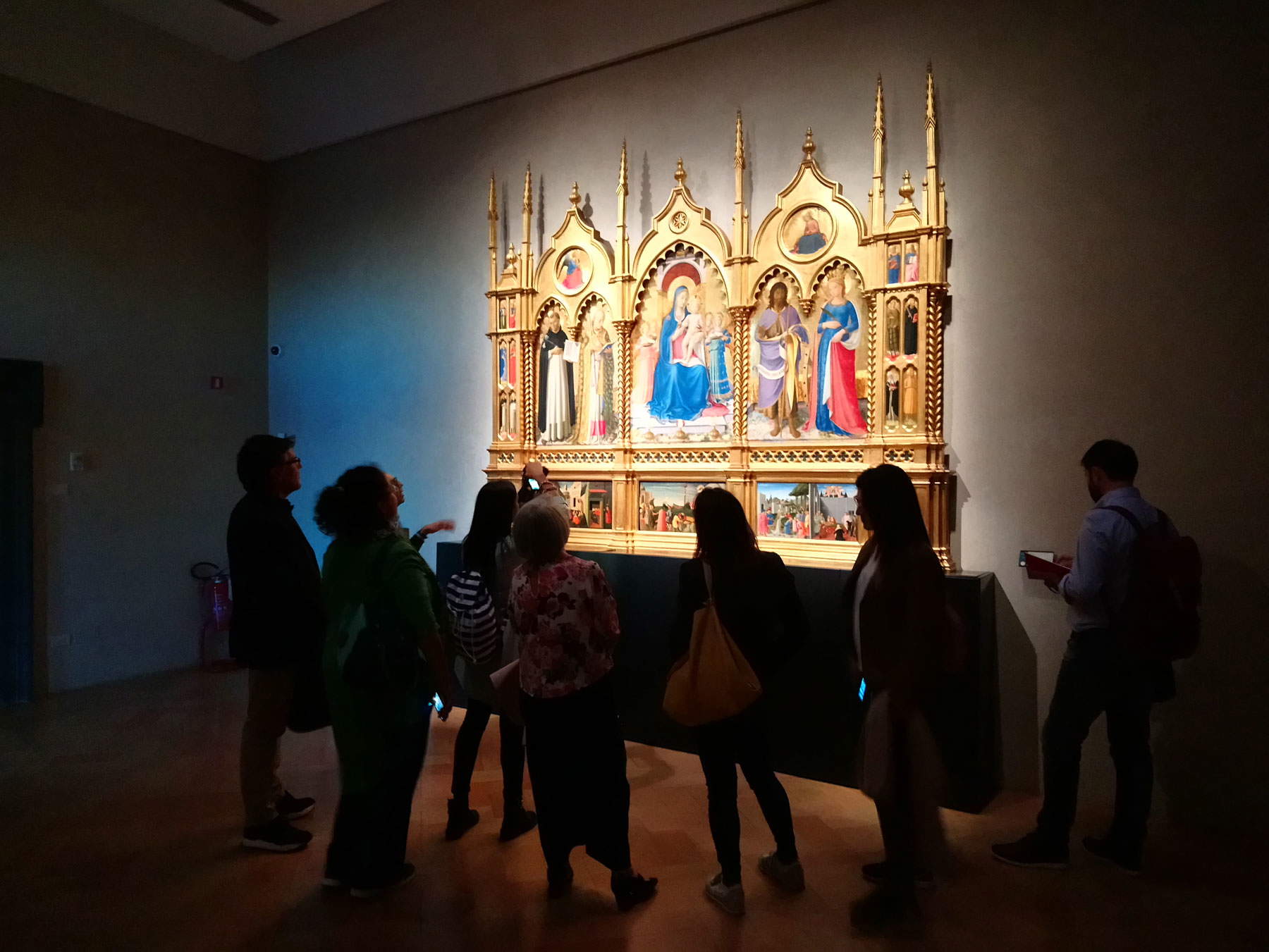 |
| Galleria Nazionale dellUmbria (pre-Covid photo). Ph. Credit Finestre Sull’Arte. |
Meanwhile, it should be noted that the public response, despite the difficulties, has been good: it is true, the audience is not what it was pre-Covid, but neither have there been empty rooms as perhaps would have been expected at the beginning of the summer. “The upswing,” confirms Pierini of the National Gallery of Umbria, which reopened May 28 by postponing the closure of the important Taddeo di Bartolo monograph to August 30, “has been above expectations, with important numbers in the summer months, which remain very good even in this early fall. The measures taken to restrict admissions and manage flows in the halls have ensured a safe visit for visitors, and a suitable working environment for the staff.” Positive notes also at the Gardena Valley Biennial, as Doris Ghetta points out: “The opening was a very well attended and festive moment, and many of the artists who seemed unable to come, eventually with the gradual easing of the situation were able to participate in the opening days. The public also received the event very well. The Biennial was one of the few events that, taking place mostly outdoors, could be confirmed; moreover, from edition to edition the project grows more and more and in parallel the interest of new audiences grows, both those who already frequent the visual arts sector and those who approach contemporary art for the first time.” Good feelings in Bari as well, as Maria Grazia Magenta of the Giaquinto Art Gallery, which has returned to welcome the public since May 25, says: “The loyalists of the Pinacoteca have resumed frequenting our museum venues for all their needs, including consulting the volumes collected in the Art Library of the Pinacoteca. Our library is frequented by many scholars and there is no shortage of teachers and students.”
And even in the two Milanese museums, which had a delayed opening compared to the Galleria in Perugia and the Pinacoteca in Bari, things went well. The Diocesan reopened June 2 with the exhibition
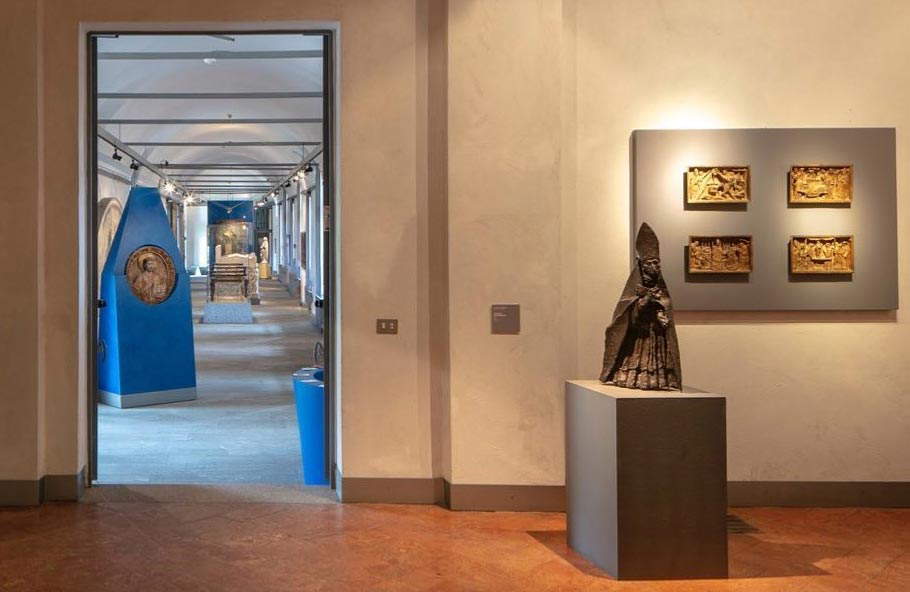 |
| Milan Diocesan Museum |
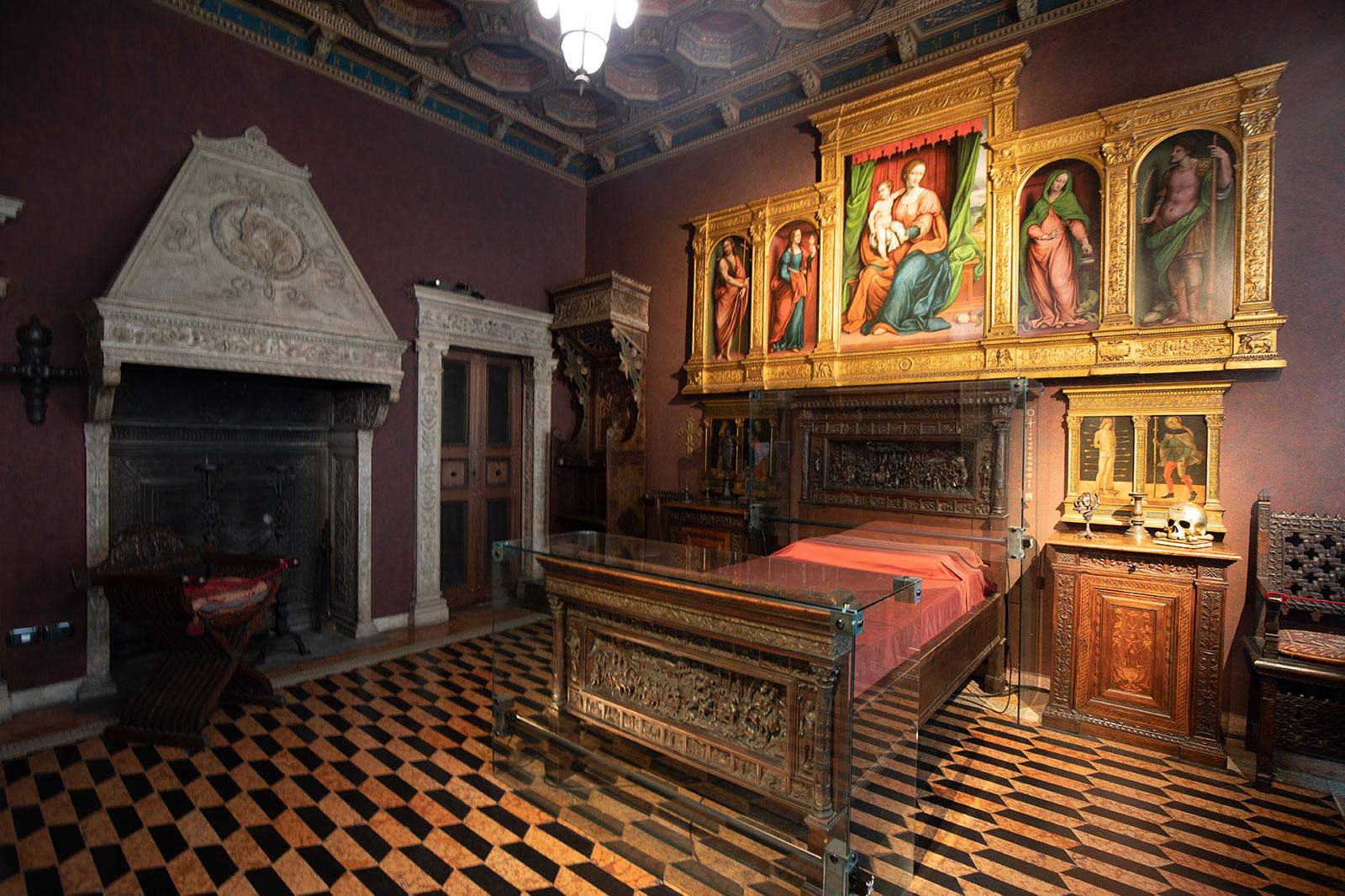 |
| Bagatti Valsecchi Museum, Milan. Ph. Credit Alessandro Pasquali - Danae Project |
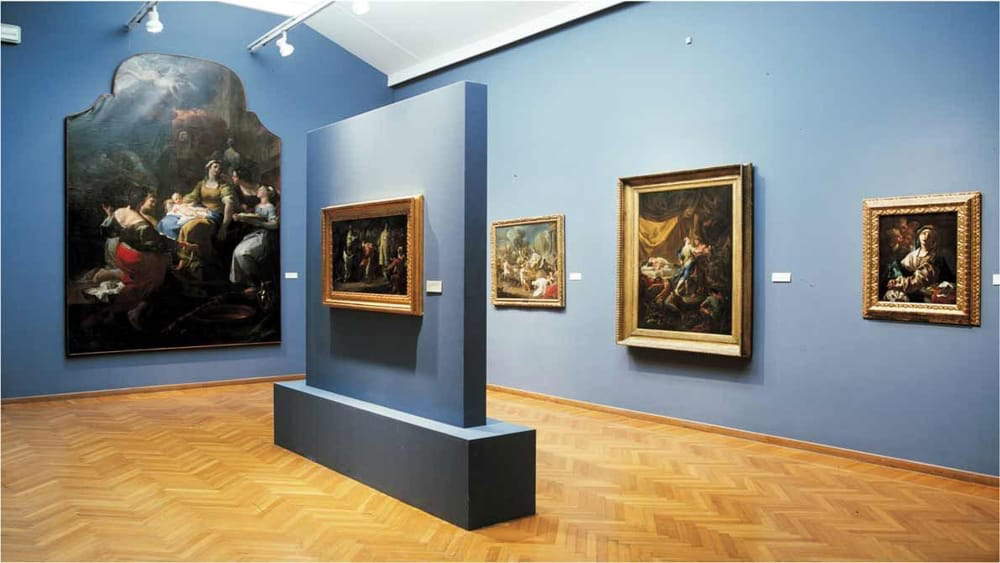 |
| Corrado Giaquinto Art Gallery, Bari |
Reduced numbers also due to the lack of the groups and school groups on which, in pre-Covid, museums relied heavily. And it is precisely the management of groups that is one of the main problems at this stage. “Definitely for us,” Nadia Righi of the Diocesan of Milan lets us know, “the big difficulty is having to limit groups, which now cannot be more than 10-12 people, a fact that disincentivizes the fruition and sustainability of educational activities. Otherwise, we see people quietly visiting the halls, patiently standing in line if they have not booked or if they have to wait before entering the halls to maintain the right spacing and respect the indicated capacity limit.” Similar situation at the National Gallery of Umbria: “The main critical issues,” Marco Pierini confirms, “are related to group access, which must also take into account the maximum number of visitors allowed in the individual rooms, some of which are small, given the conformation of the historic Palazzo dei Priori, home of the museum collection. Important limitations also affect fruition and enhancement activities. It was therefore necessary to redesign some events and calibrate the educational offerings to the new situation, with proposals repeated several times to meet the growing demand of users. In the coming months, the real challenge will be to prepare initiatives dedicated to schools that can enable them to safely carry out that educational mission to which our museum has always attached special importance.”
For other museums, on the other hand, the most difficult hurdle to overcome has been precisely the management of attendance tout-court, which has greatly reduced the space of smaller museums, such as the Bagatti Valsecchi. “The new rules generated by the decrees following the pendemia,” says Bugliosi of the Milanese museum, “have severely limited access to museum spaces, particularly in realities like ours that also have to deal with spaces that are, at times, rather small; so if it is true that in our Hall of Honor as many as 34 people can be seated, in some rooms we cannot accommodate more than 8. We therefore have to study very carefully the activities to be proposed to visitors so as to optimize time and space as best we can, depending on the type of activity: some are carried out only in the largest Hall, while guided tours are necessarily reduced to the minimum number of visitors possible in the less spacious spaces. Thus, the possibility of carrying out some activities is missed because the reduced numbers do not allow for the amortization of out-of-pocket expenses (guides, surveillance, educational specialists).” Similar problems also occur in Bari: “The main critical issue,” Magenta notes, “is the management of the turnout, although every effort is made to lighten the burden; in compliance with every rule dictated in the field of security, we proceed and create a welcoming climate as harmonious as possible. Since the Pinacoteca di Bari is located on the fourth floor of the Metropolitan City Building, the measurement of body temperature is entrusted to the concierge staff, and the visitor, only after detecting this can go up to the Pinacoteca, wearing a mask, and here perform hand sanitization. Only after these simple checks will he have access to the Collections, always respecting the safety distances.”
The Gherdëina Biennial, which was supposed to open in July, had to postpone its opening by a month because, says Doris Ghetta, “after the outbreak of the Covid-19 pandemic we had to stop everything waiting to figure out what to do. With the team, we realized that it was still important to send a positive signal of hope, and by postponing the opening date by about a month, we decided to confirm the event by restarting precisely from the social contribution that art can make to the community.” However, fortunately, he lets us know, “most of the artists had already managed to make a site visit and get to know the Biennial spaces before the health crisis. This was a key aspect of the success of the Biennale, which is based precisely on the close connection that is created between the artists and the places where they are invited to work.” And in the case of the South Tyrolean event, the difficulties have been related to the reduction in resources, an issue that will need to be reflected on again since for many the problem will present itself in the coming months: “We had considerable budget cuts,” says Ghetta, “which meant revising some projects and giving up on others; we then had to make up for the months of deadlock and organize the Biennale in a much tighter time frame than planned; but in the end it was worth it.”
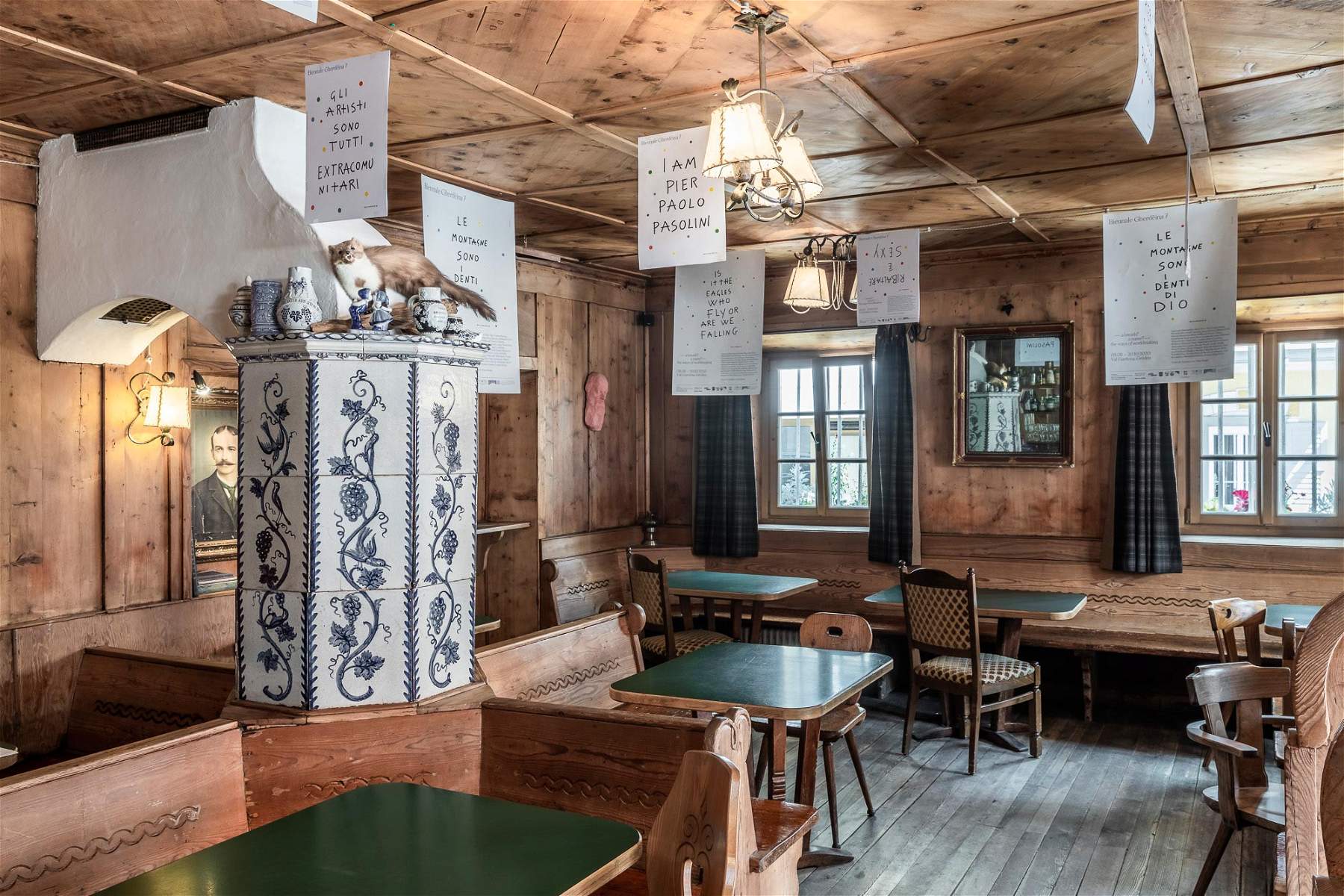 |
| One of the installations of the Biennale Gherdëina 2020: Marcello Maloberti, Scritti Fighi, 1990-2020. Courtesy the artist and Galleria Raffaella Cortese, Milan. Ph. Credit Tiberio Sorvillo |
There is one point on which all museums agree: namely, that in order to succeed in bringing the public back to the museum, you need adequate programming that is up to the task, with interesting, constant, innovative proposals. This is what several museums have done this summer with excellent results, sometimes even reinventing themselves. To be able to guarantee it, however, it is necessary for museums to be able to count on the security of resources, as Laura Bugliosi of the Bagatti Valsecchi points out, who indicates what, in her opinion, is the recipe for enabling museums to work well during the emergency: "Economic stability is always a conditio sine qua non to encourage spending such as that in favor of the cultural sector; in addition, we need certain rules that guarantee security, but also programming that meets a new way of enjoying culture, outside the rigidity of schemes, routes and activities designed only for small niches of people. Culture must be increasingly at the service of broad audiences and the local area through policies of inclusion of the most disadvantaged sectors and segments of the population and a more open and user-friendly approach."
And again, it will be increasingly essential not to rely too much on tourists and to try to engage more with audiences in one’s own city or territorial basin. This is what they are trying to do in Bari: “The public,” says Maria Grazia Magenta, “needs interesting cultural proposals that are carried out in the utmost safety; the Pinacoteca is studying initiatives whose goal, among others, is above all to bring the local public closer together, who will be able to promote their museum, return to it, and appreciate its proposals. The initiatives will attract the resident public and that of tourists and outsiders.” Of course (and perhaps somewhat paradoxically for how we are used to imagining the museum landscape), those who are at a disadvantage at this stage are museums in large tourist cities, especially those that are larger and have the most unbalanced audiences on tourists, while smaller museums that are used to working with citizens will be able to limit the damage. Among the “advantaged” museums, so to speak, is the Diocesan of Milan: “In our case,” explains Nadia Righi, “the public has returned, even more than once, to follow the cultural proposals (lectures, theater, guided tours). Our advantage is that for years we have been working basically with a local audience or what is called ’proximity tourism.’ I think this is where the key lies for us: continuing to make differentiated proposals, maintaining that focus on visitors who feel at home and willingly return.”
Finally, the National Gallery of Umbria is also banking on programming. Which, like everyone else, hopes for a return to normalcy, the real one, the one we knew before Covid-19 disrupted our habits and lives. “The public actually came back as soon as they had the chance, braving long lines in the sun during the summer months and conscientiously complying with safety regulations,” says Marco Pierini. “The National Gallery of Umbria continues its planning activities, which will include demanding challenges in the coming months, first and foremost that of the rearrangement of the collection, on which work will begin in January 2021. When the museum reopens in the summer, the hope is that visitors will be able to come and discover it in its completely renovated guise in a context that is no longer one of emergency, but of expected ’normality’.”
Warning: the translation into English of the original Italian article was created using automatic tools. We undertake to review all articles, but we do not guarantee the total absence of inaccuracies in the translation due to the program. You can find the original by clicking on the ITA button. If you find any mistake,please contact us.





























